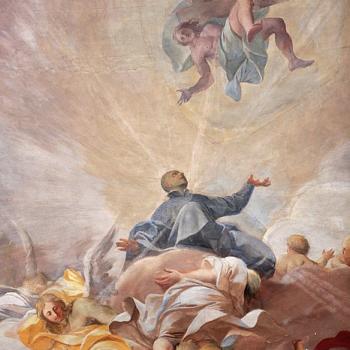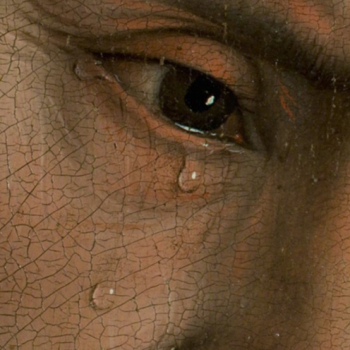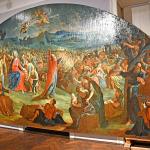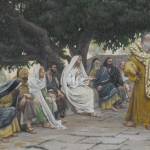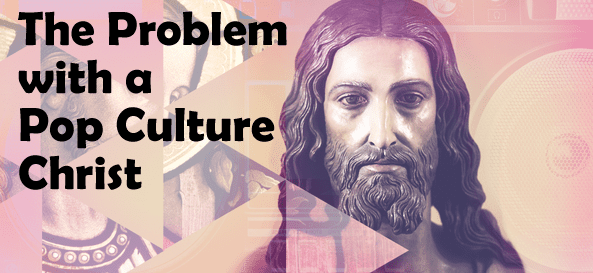 This afternoon I had an article published at Relevant Magazine. Critiquing the poverty of deep symbols in American churches today. Here’s an excerpt, read the rest here.
This afternoon I had an article published at Relevant Magazine. Critiquing the poverty of deep symbols in American churches today. Here’s an excerpt, read the rest here.
The problem is that in the context of American evangelicalism, where religious images are often absent, pop-culture representations of the faith can become the formative symbols and images that a faith community encounters. People begin to actually see Jesus primarily through the lens of materialism and pop-culture, both of which by their very nature are constantly in flux. As a result, evangelical faith becomes faddish, salvation is a style and praise is a phase.
When the Church employs superficial symbols to communicate the Gospel, the Gospel can only take hold of people on a superficial level. Jesus is actually seen as a clingy friend in the image who texts you all the time, mediocre mimic-rock defines your view of who God is, and one’s creed is only as deep as a sneaker slogan.
In short: A slogan-branded faith can’t communicate the depth of the mystery of Jesus’ life, death and resurrection. Perhaps this is part of the reasons there has been such a mass exodus of evangelical children after they graduate from youth group.
Historical Christian symbols, on the other hand, are primordial and polyvalent: Flesh, blood, light, water, birth, death, eating, drinking, hunger and thirst. These symbols are not seeking to emulate the ephemeral but they encompass our entire existence.
The symbols not only contain a wealth of meaning, they contain us. They dig deep into who we are as people in our deepest depths, in our hopes and fears. They are the building blocks of poetry, romance and drama. They have layers of meaning and depths that require a lifetime to divulge. They captivate rather than entertain. In many places these images have been lost, and I believe they need to be reclaimed.




